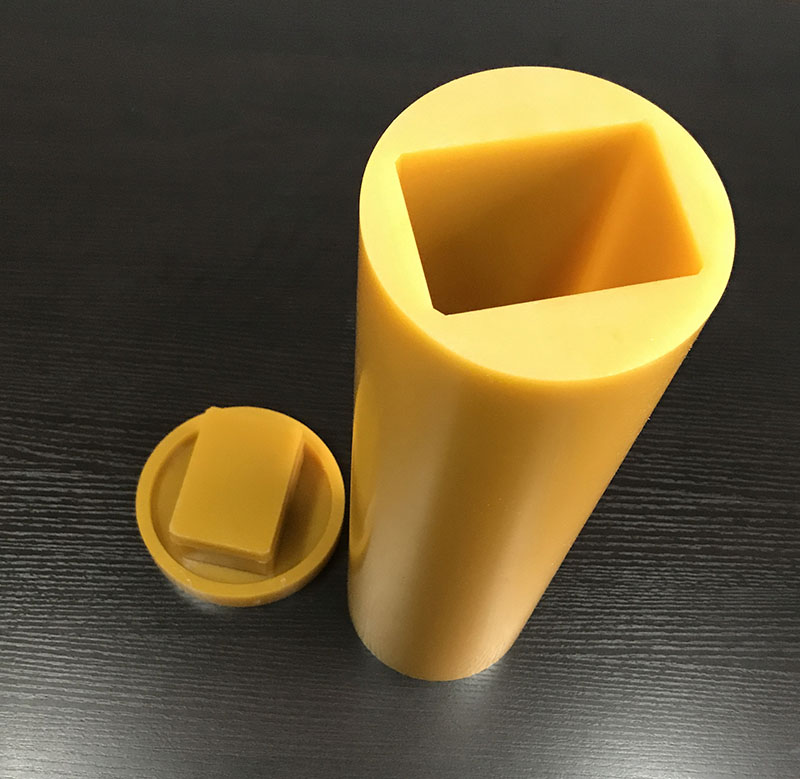
The Methods of Forming Zirconia Structural Ceramics
Categories: Industry news
Application: The Methods of Forming Zirconia Structural Ceramics
InquiryMain description:
The Methods of Forming Zirconia Structural Ceramics


The Methods of Forming Zirconia Structural Ceramics
The Methods of Forming Zirconia Structural Ceramics
There are currently three methods of forming zirconia structural ceramics: hot die casting, dry pressing and isostatic pressing.
Hot Die Casting For small products or products with complex shapes of zirconia structural ceramics. Generally, hot die-casting is used. This molding method is relatively simple, and is especially suitable for producing small and medium-sized products with large batches or complex shapes. However, zirconia hot die-casting products are prone to defects such as cracking and deformation during wax discharge. This is because the particle size of the zirconia ceramic slurry is small and the specific surface area of the powder is large. The number of people is obviously higher than that of other ceramic products, resulting in large shrinkage of the green body, and defects such as cracking and deformation are prone to occur during wax removal. Therefore, when debugging the slurry, it is necessary to master the amount and method of adding paraffin and oleic acid, and design a reasonable wax discharge firing curve and other related process parameters to avoid the occurrence of the above defects.
Dry pressing molding Small and medium-sized zirconia ceramic products that are simple in shape and suitable for dry pressing are often formed by dry pressing. The common problem that occurs during dry pressing of zirconia ceramics is product delamination. This is because the particles of zirconia ultrafine powder pellets are very fine, so the particles are light and have poor fluidity, and delamination is prone to occur during dry pressing. It is known from production practice that product layering is related to the smoothness and fit of the molding mold, molding pressure, pressurization method, pressurization speed and pressure holding time, demoulding method, and demoulding speed.
Isostatic pressing For zirconia structural ceramics with special shapes and large sizes, isostatic pressing is required. The green body formed by isostatic pressing is evenly and evenly pressed in all directions, and the pressure is large, so the formed green body has high density, good uniformity, small firing shrinkage, and is not easy to deform, crack and delaminate. This molding method can avoid the stratification that is easy to occur during dry pressing, especially for forming thicker zirconia products, which are prone to delamination during dry pressing, but isostatic pressing can be avoided, so this molding method is suitable for producing zirconia Commonly used methods for products. However, the green body after isostatic pressing needs to be processed, so part of the raw materials will be wasted. At the same time, because the green body is very hard, the processing is troublesome, and the processing speed is required to be slow, otherwise the green body is prone to breakage and the production efficiency is not high.
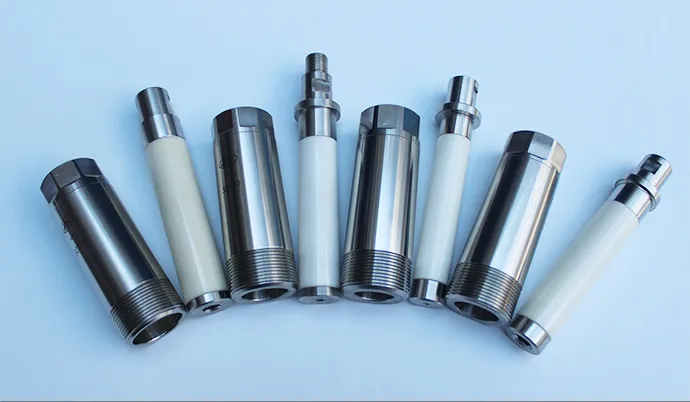
The Isostatic Pressing Molds

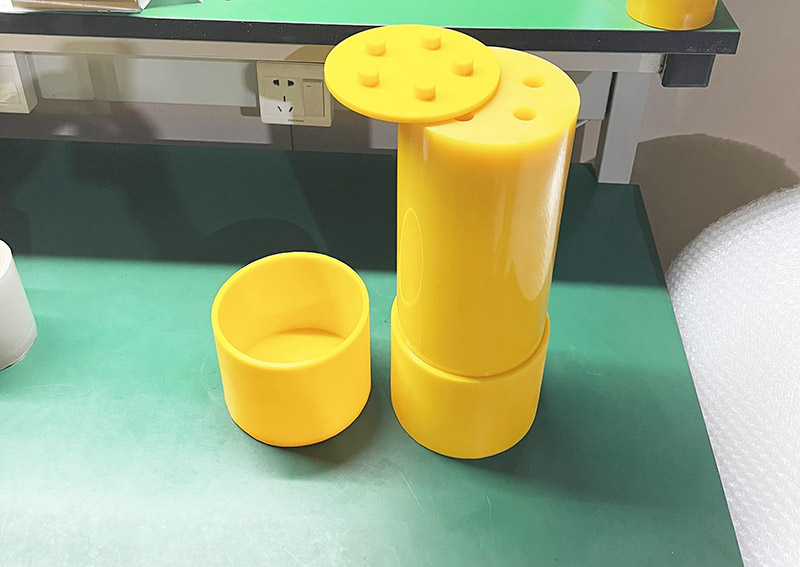
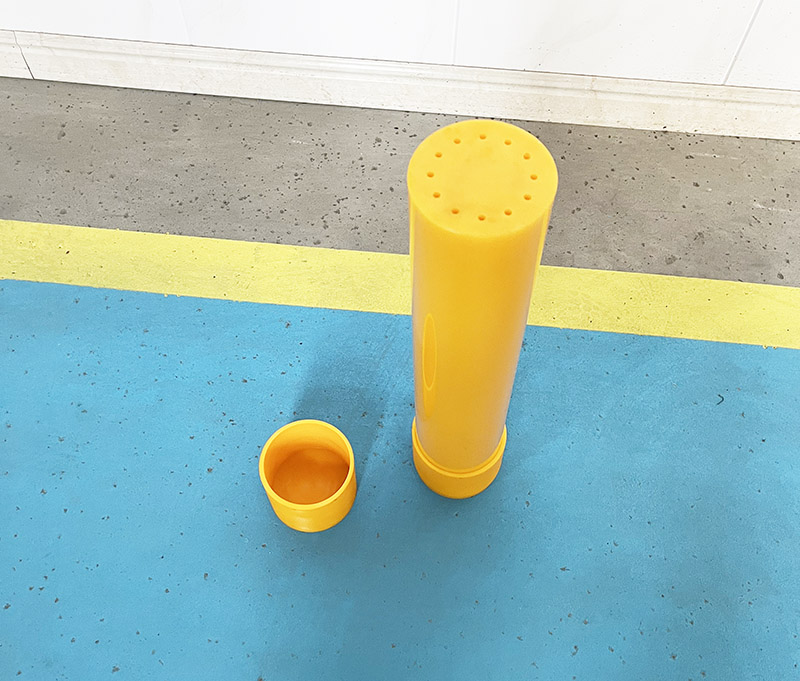
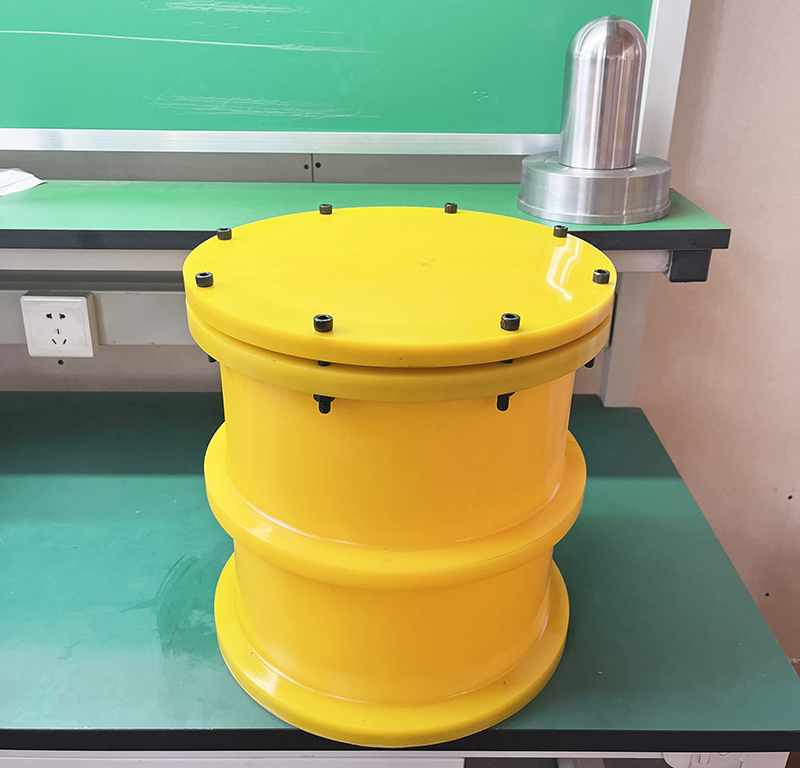
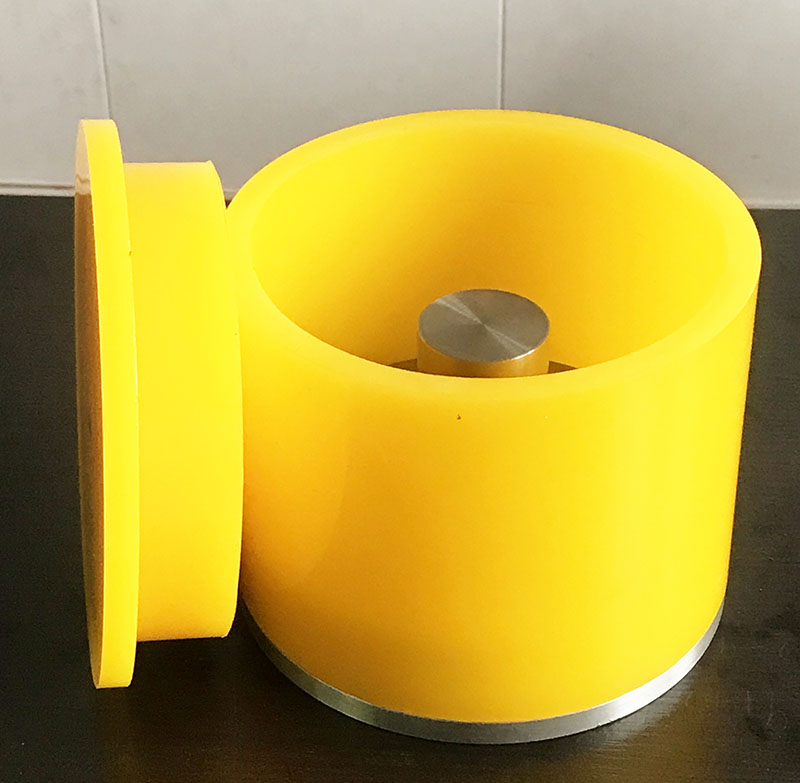
We support all kinds of customization, if you need it, please contact us.
Phone/whatsapp:+86 18234744811
Email:sales@highindustryco.com